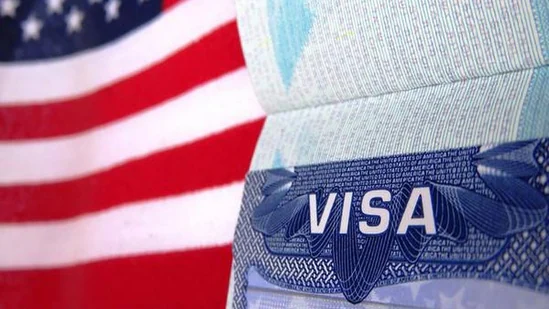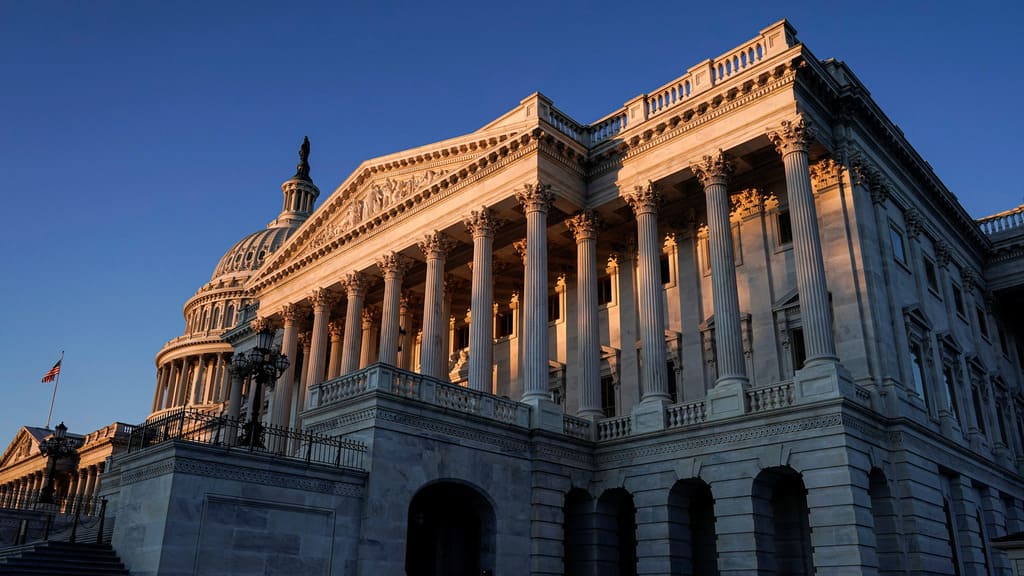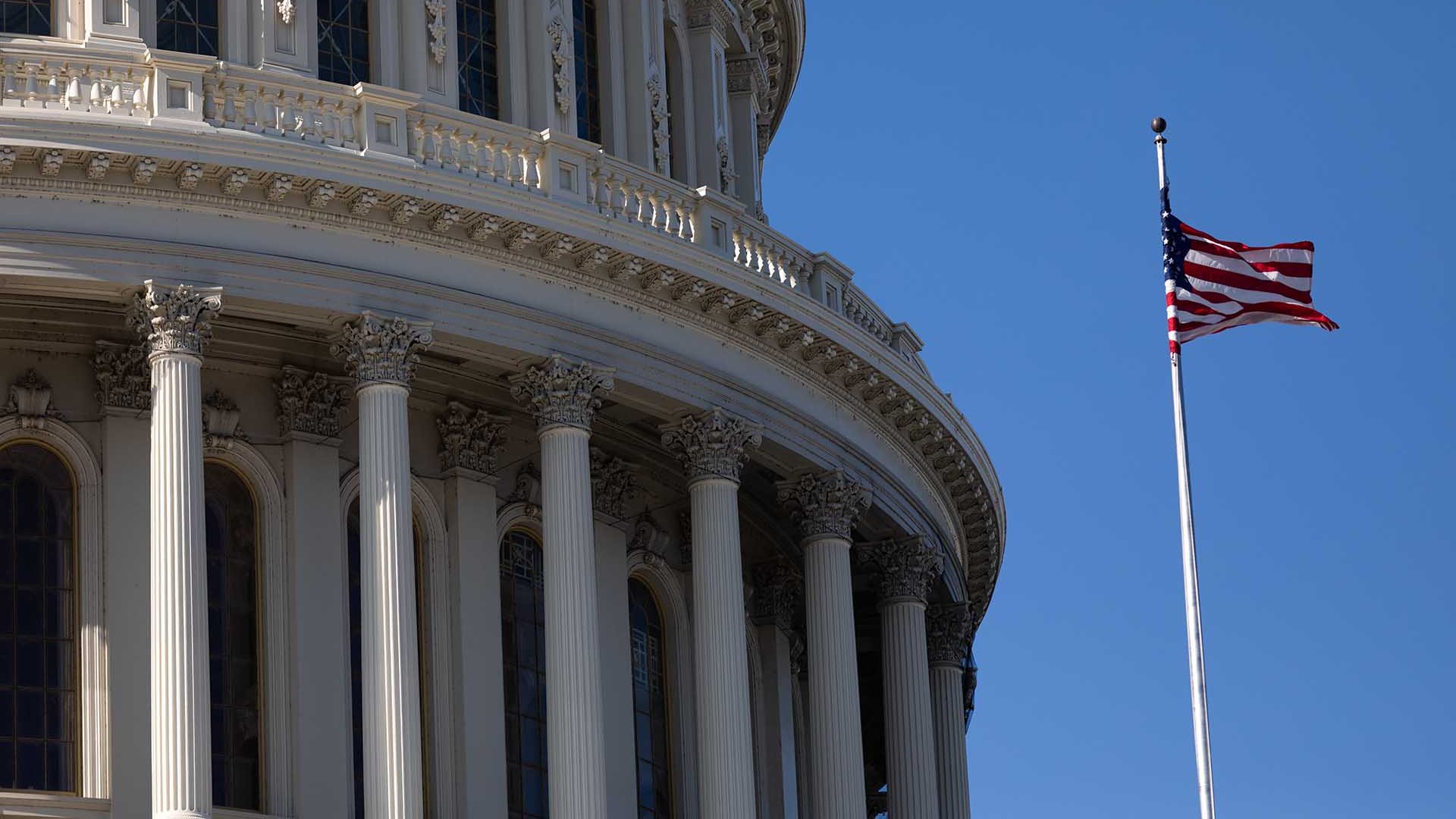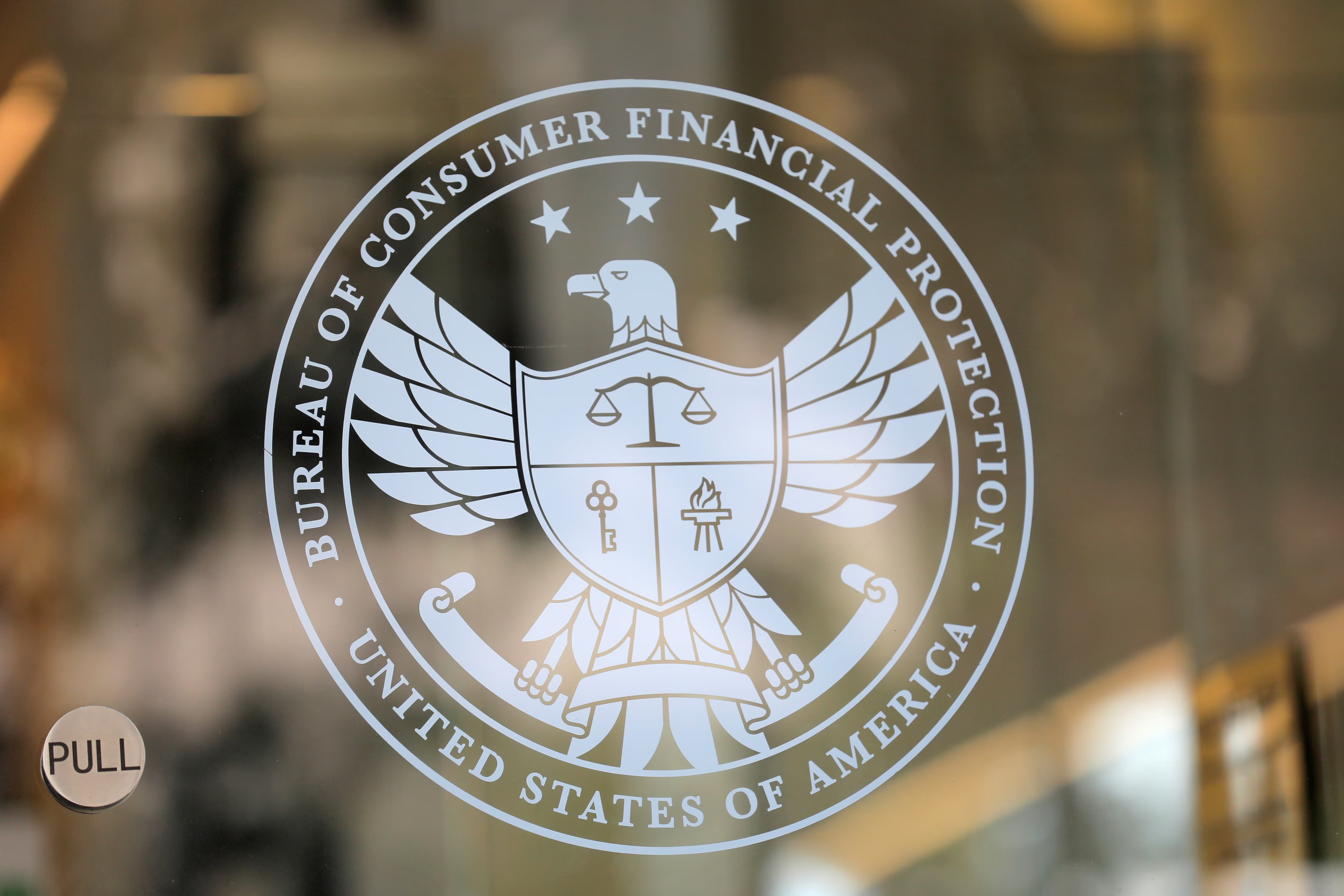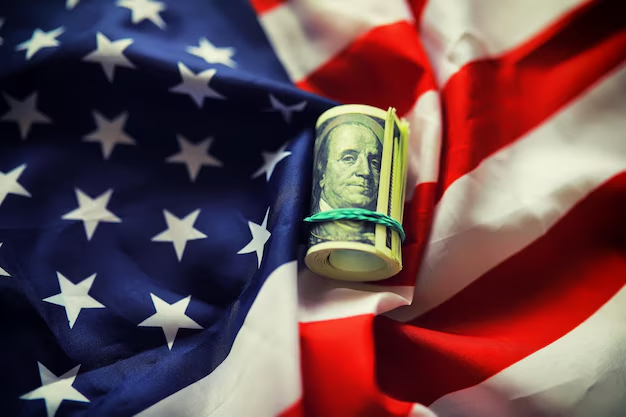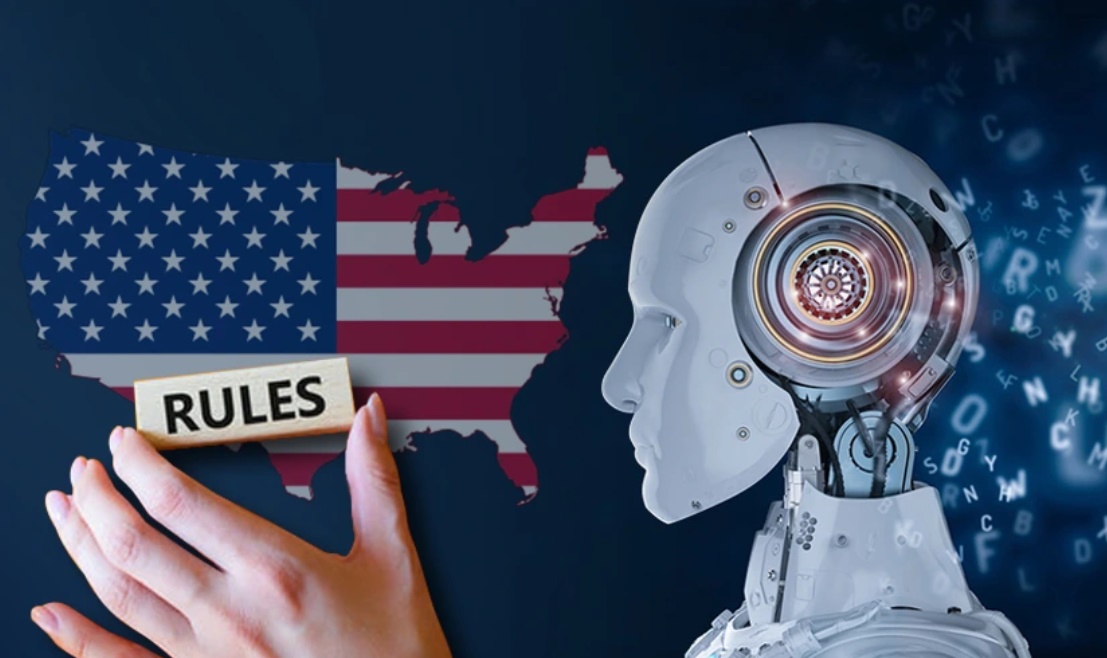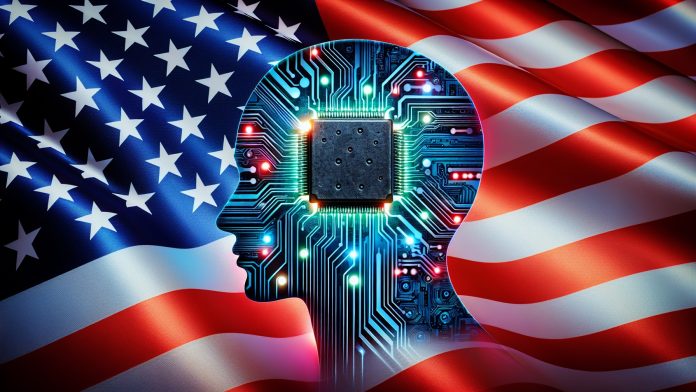🏦 USA Bank Loans in 2025: Deep Dive into Trends, Risks, and Borrowing Strategies
BynambiPublished 87 days ago
Introduction: Understanding the Evolving Dynamics of Bank Loans in the United States
In 2025, the landscape of bank loans in the USA is undergoing profound transformations fueled by technological advances, economic fluctuations, and evolving regulatory frameworks. For borrowers—from individuals to small businesses—successfully navigating this complex environment requires a nuanced understanding of current trends, inherent risks, and best practices.
This article explores the key dimensions of bank lending today and offers strategic guidance to optimize borrowing outcomes.
1. Technology-Driven Disruption in Lending
Artificial Intelligence & Machine Learning
Banks leverage AI-powered algorithms that assess creditworthiness using both traditional financial data and alternative signals such as:
Employment stability trends
Utility and rental payment histories
Real-time cash flow monitoring
This approach improves risk prediction accuracy but also introduces challenges related to fairness, explainability, and borrower trust.
Digital Loan Origination and Automation
Digital-first platforms streamline loan applications with features including:
Instant eligibility checks
Automated document verification
E-signature capabilities
The result: faster approvals, reduced paperwork, and expanded access for underbanked populations.
Blockchain and Smart Contracts
Emerging blockchain applications enable secure, immutable loan agreements and automate repayment processes through smart contracts, increasing transparency and efficiency in loan servicing.
2. Regulatory Landscape & Consumer Protection
Regulatory bodies including the Consumer Financial Protection Bureau (CFPB) and state agencies are enforcing stricter oversight over digital lenders to:
Ensure transparency in loan terms and fees
Protect consumers from predatory lending and discriminatory practices
Mandate data privacy compliance aligned with laws such as the California Consumer Privacy Act (CCPA)
Borrowers should stay informed about these protections and their rights.
3. Overview of Popular Loan Products and Innovations
Loan Product Recent Innovations Primary Borrowers
Personal Loans Flexible repayment, AI-driven interest rates Consumers with variable income sources
Mortgages Green incentives, digital closing processes First-time buyers, environmentally conscious homeowners
Auto Loans EV financing, telematics-based risk pricing Buyers of electric and hybrid vehicles
Business Loans Hybrid fintech-bank models, revenue-based repayments SMEs, startups seeking flexible capital
4. Key Risks and Challenges for Borrowers
Data Privacy Risks: Expanded data collection increases vulnerability to cyber threats and misuse.
Algorithmic Bias: AI lending models may inadvertently discriminate against minorities or low-income applicants.
Overborrowing: Easy access to credit can encourage unsustainable debt accumulation, especially amid inflationary pressures.
Economic Instability: Rising interest rates and market fluctuations can tighten credit availability and increase borrowing costs.
5. Strategic Tips for Borrowers in 2025
Maintain Strong Credit Health: Regularly monitor your credit reports, dispute inaccuracies, and manage debt levels.
Use Comparison Tools: Employ fintech platforms to shop and compare loan offers efficiently.
Understand Loan Terms: Scrutinize interest rates, fees, and repayment schedules before committing.
Negotiate When Possible: Lenders may offer better terms based on your creditworthiness and relationship history.
Seek Professional Advice: For complex borrowing needs, consult financial advisors or credit counselors.
6. Future Outlook: What Lies Ahead for U.S. Bank Lending
Looking forward, the banking sector is expected to embrace:
Open Banking Ecosystems: Enabling secure data sharing and personalized credit products.
Ethical AI Frameworks: Ensuring transparency, fairness, and accountability in lending decisions.
Blockchain Adoption: Streamlining loan origination and servicing with immutable records.
Sustainability-Focused Lending: Increased incentives for green and socially responsible borrowing.
Conclusion
Navigating the U.S. bank loan market in 2025 demands a keen understanding of emerging technologies, regulatory safeguards, and economic conditions. Borrowers who stay informed, leverage digital tools wisely, and adopt disciplined financial habits will be well positioned to access credit that supports their financial ambitions safely and efficiently.




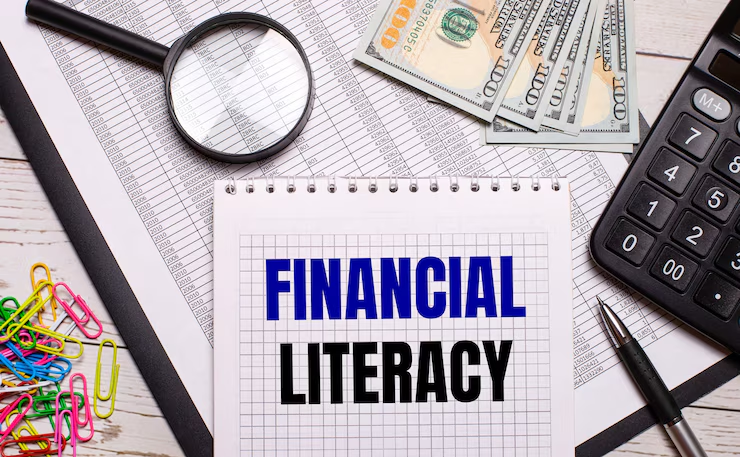
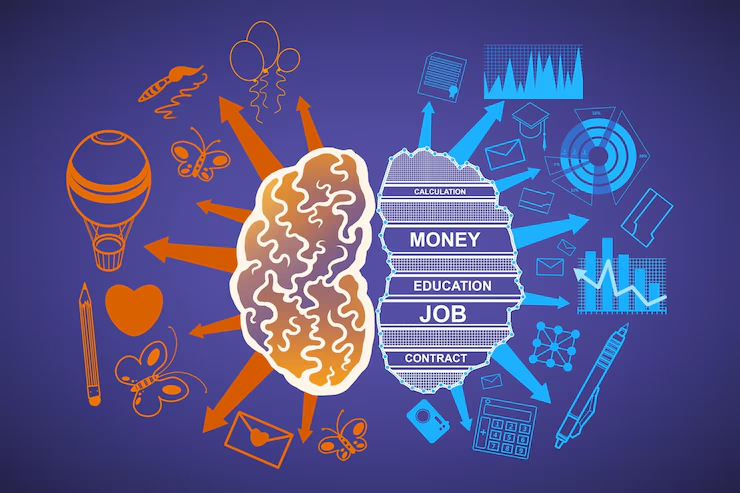

.avif)
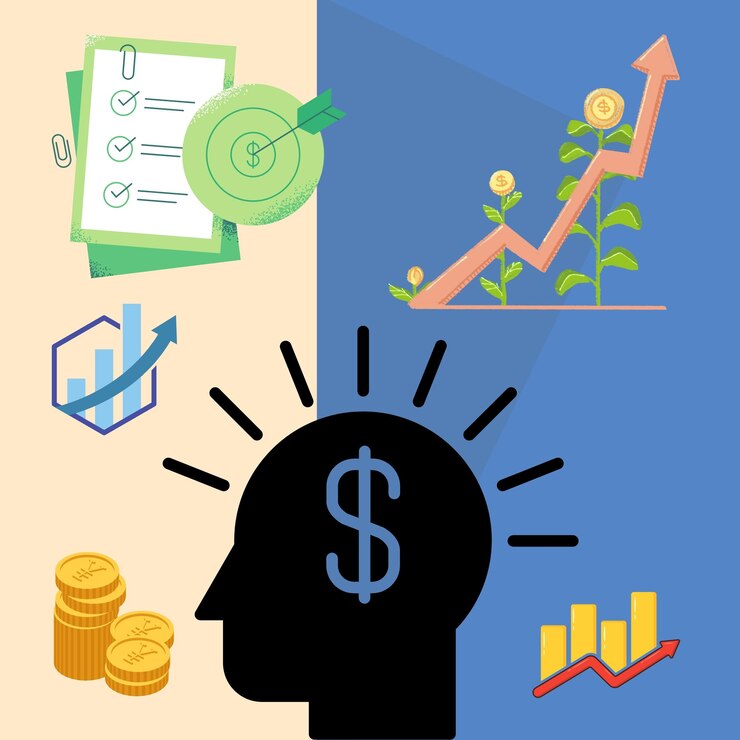
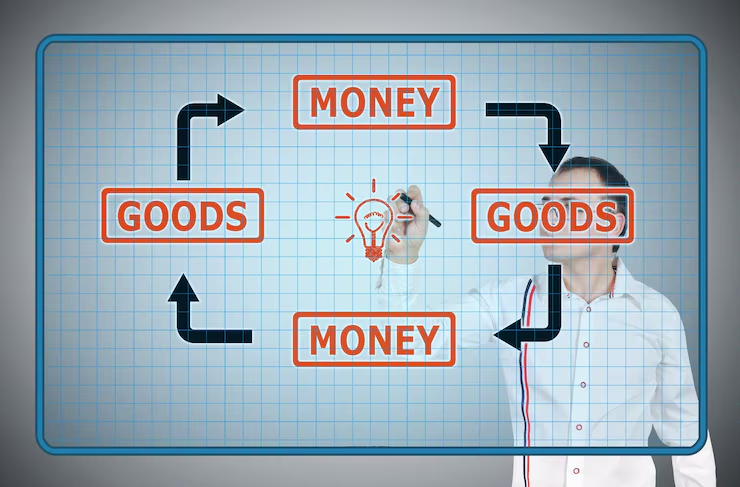



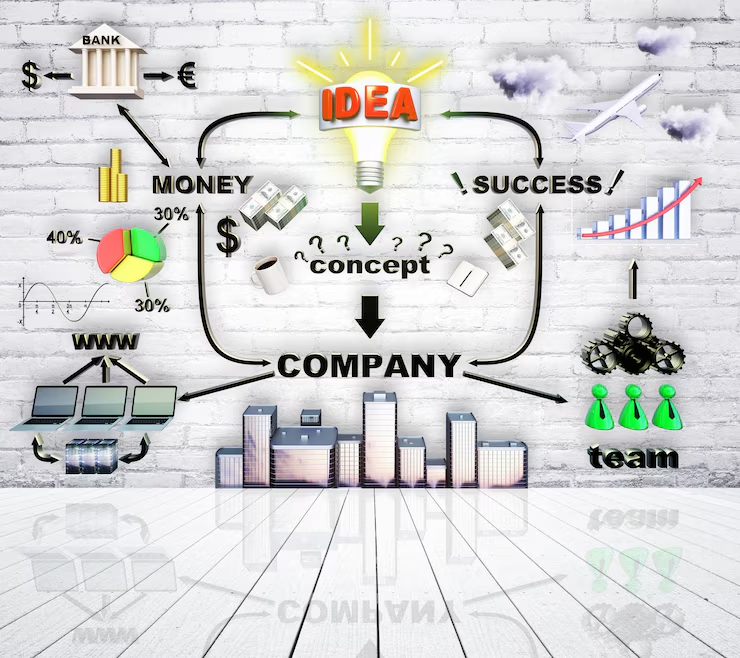

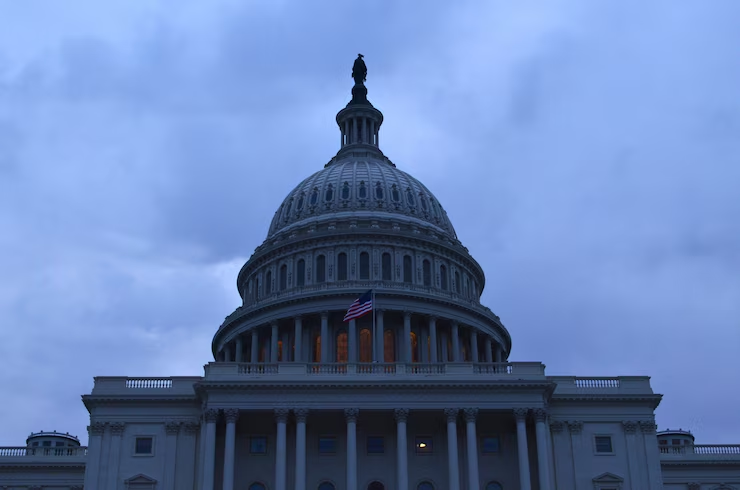
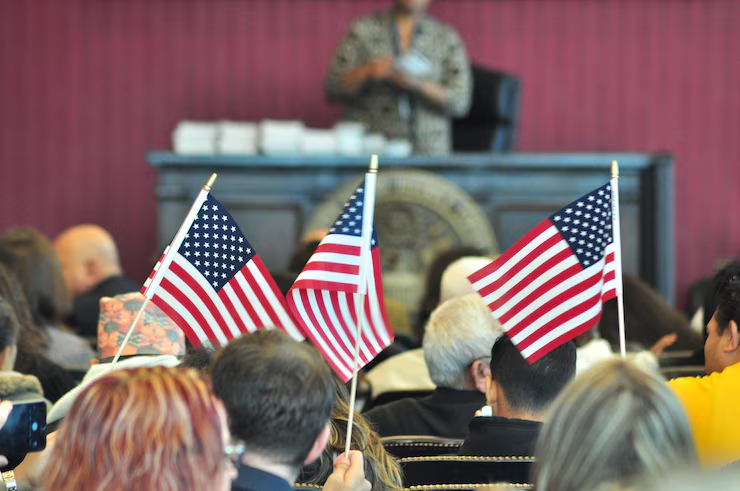





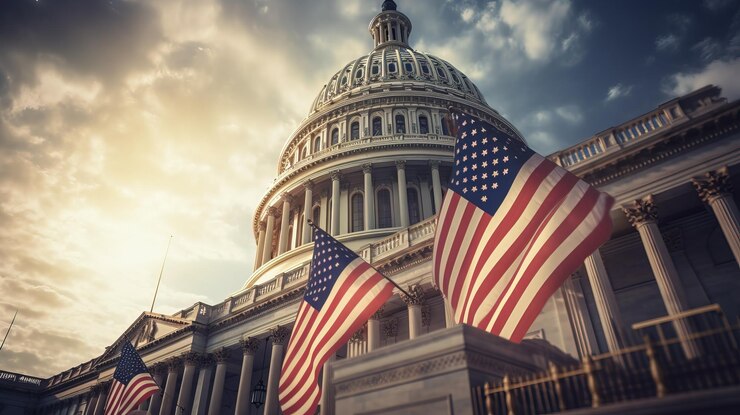

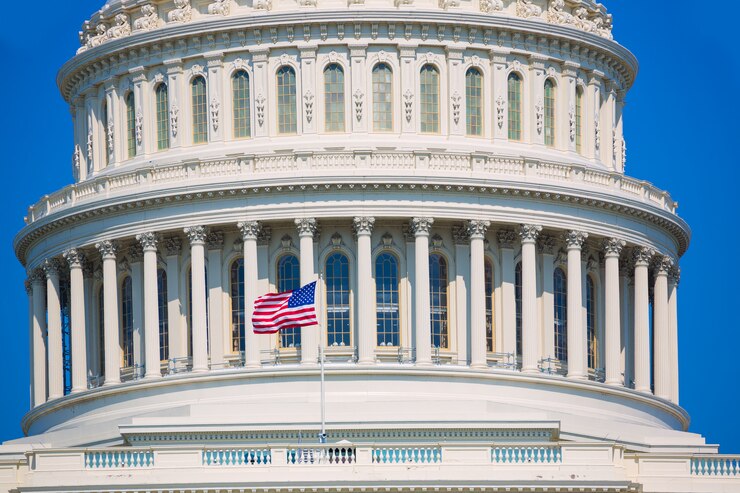

.jpg)





.png)
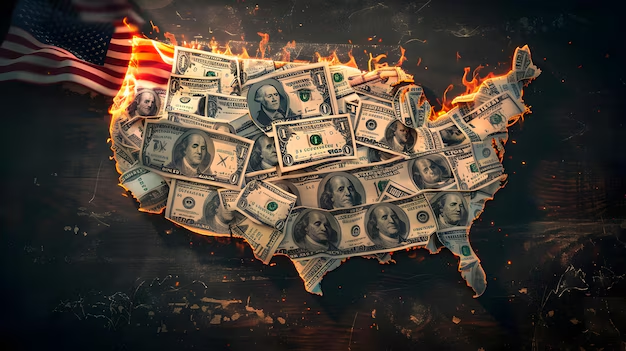

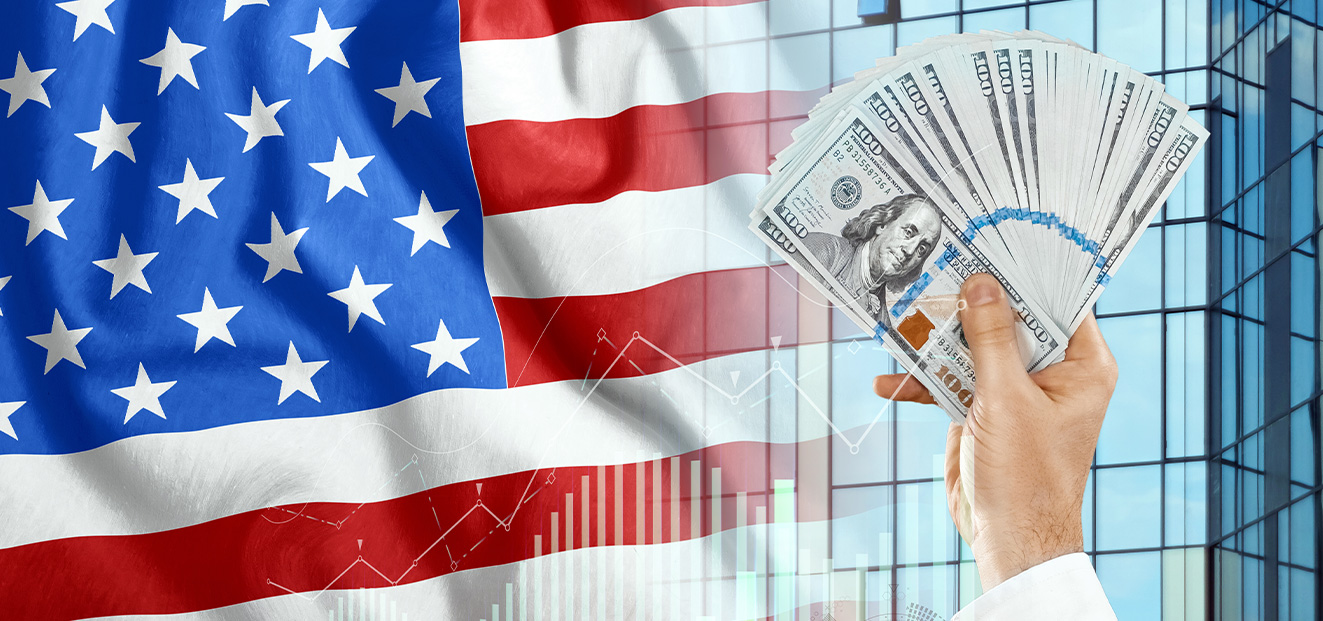

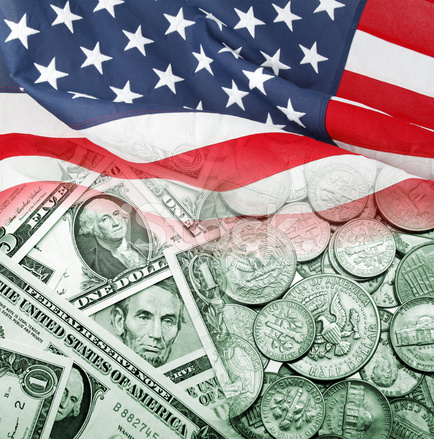


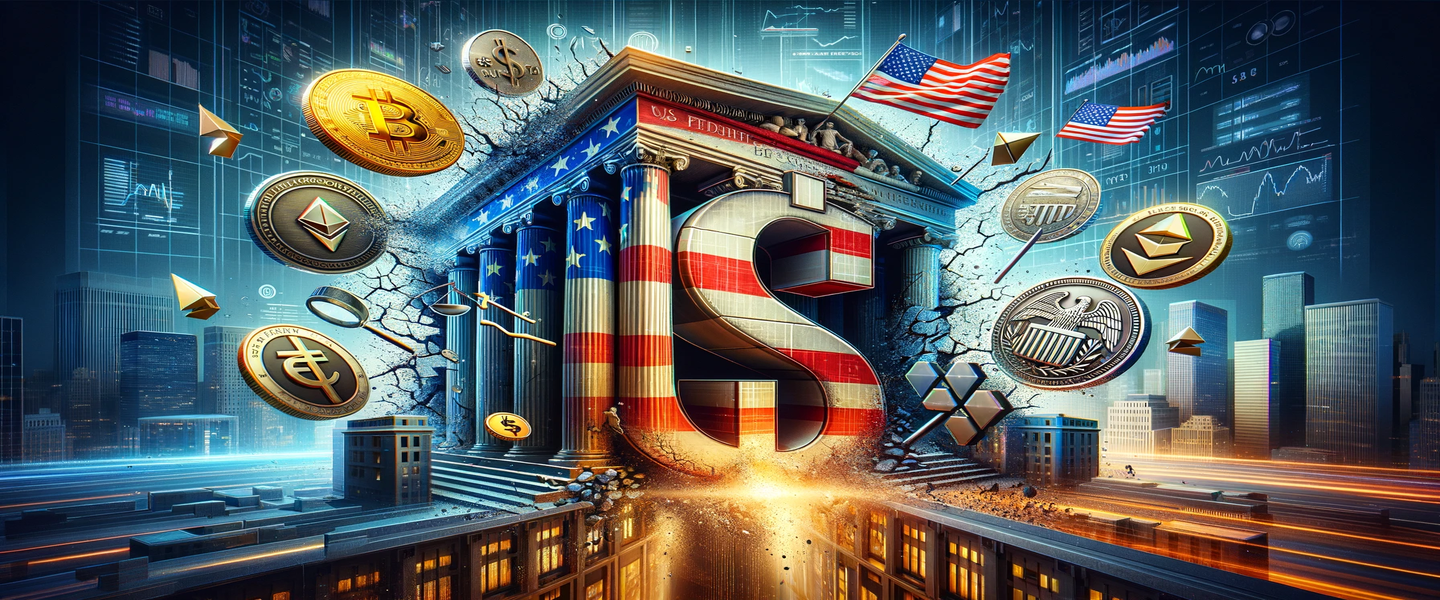
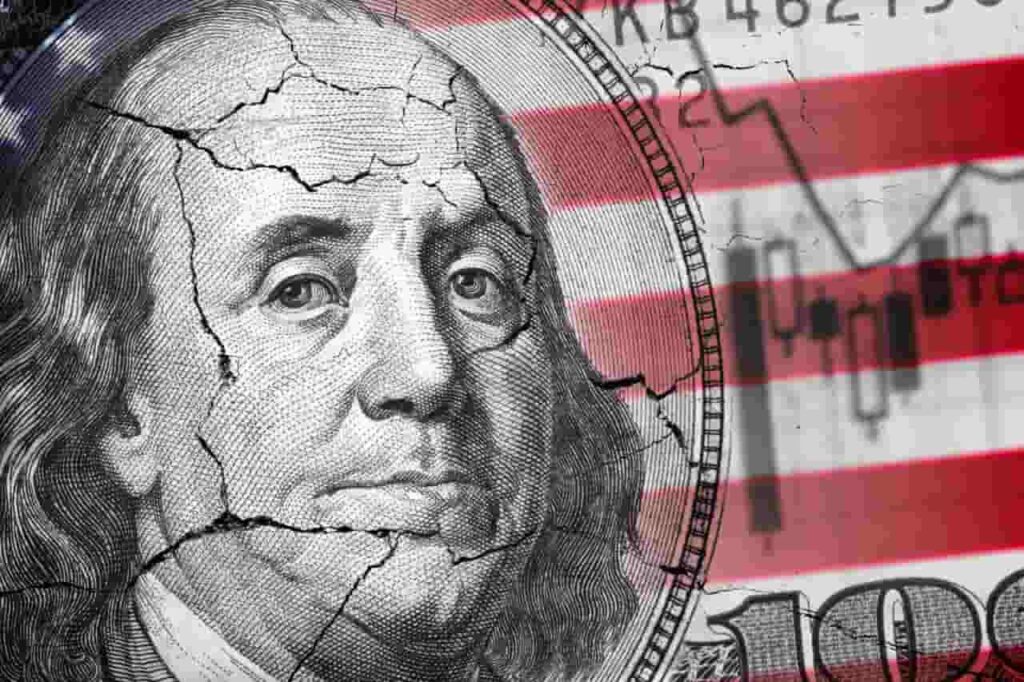
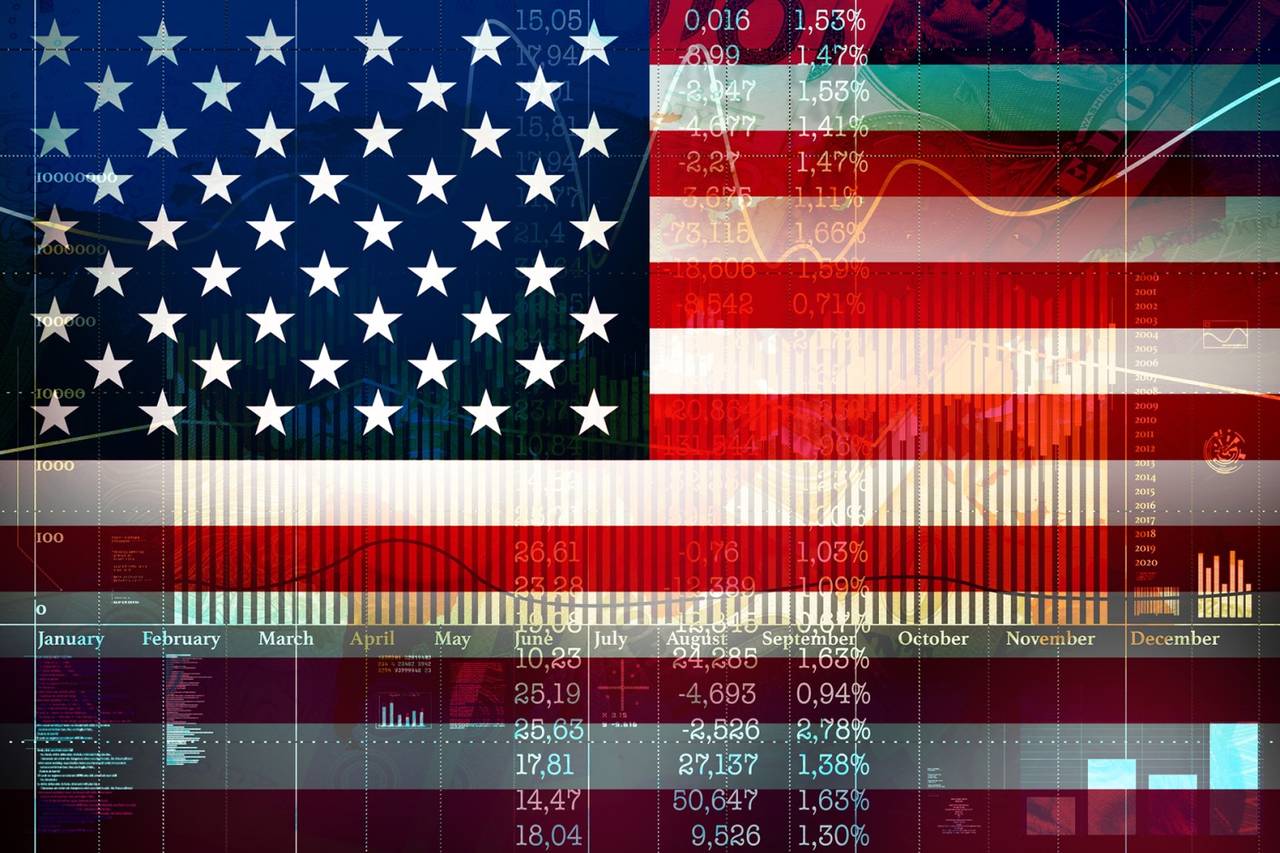
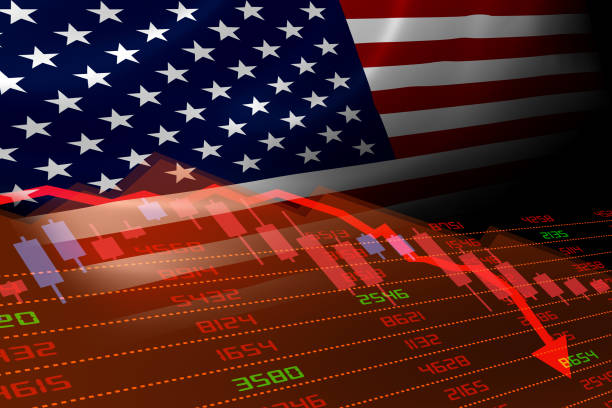
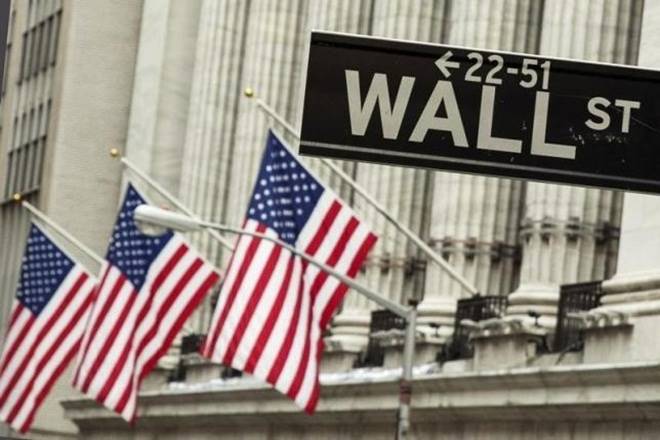
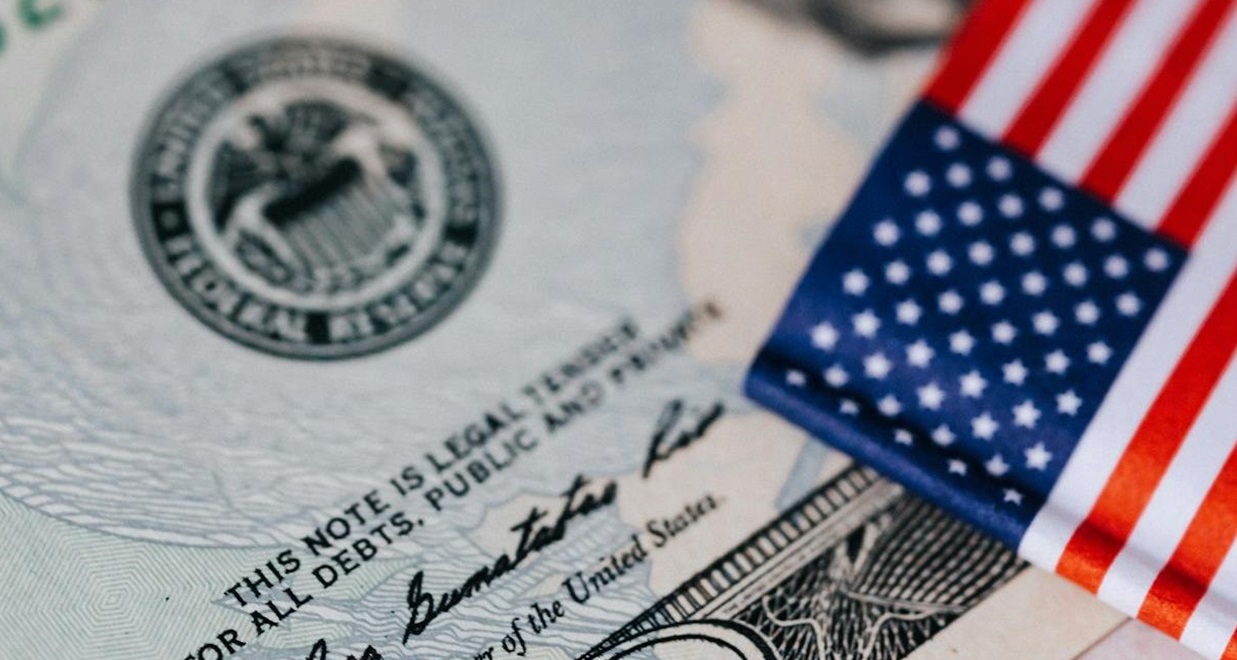
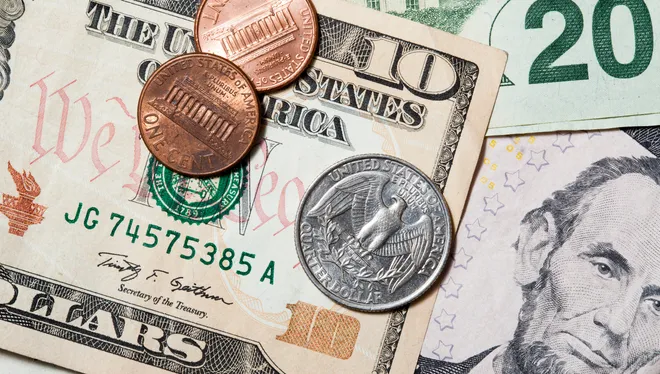
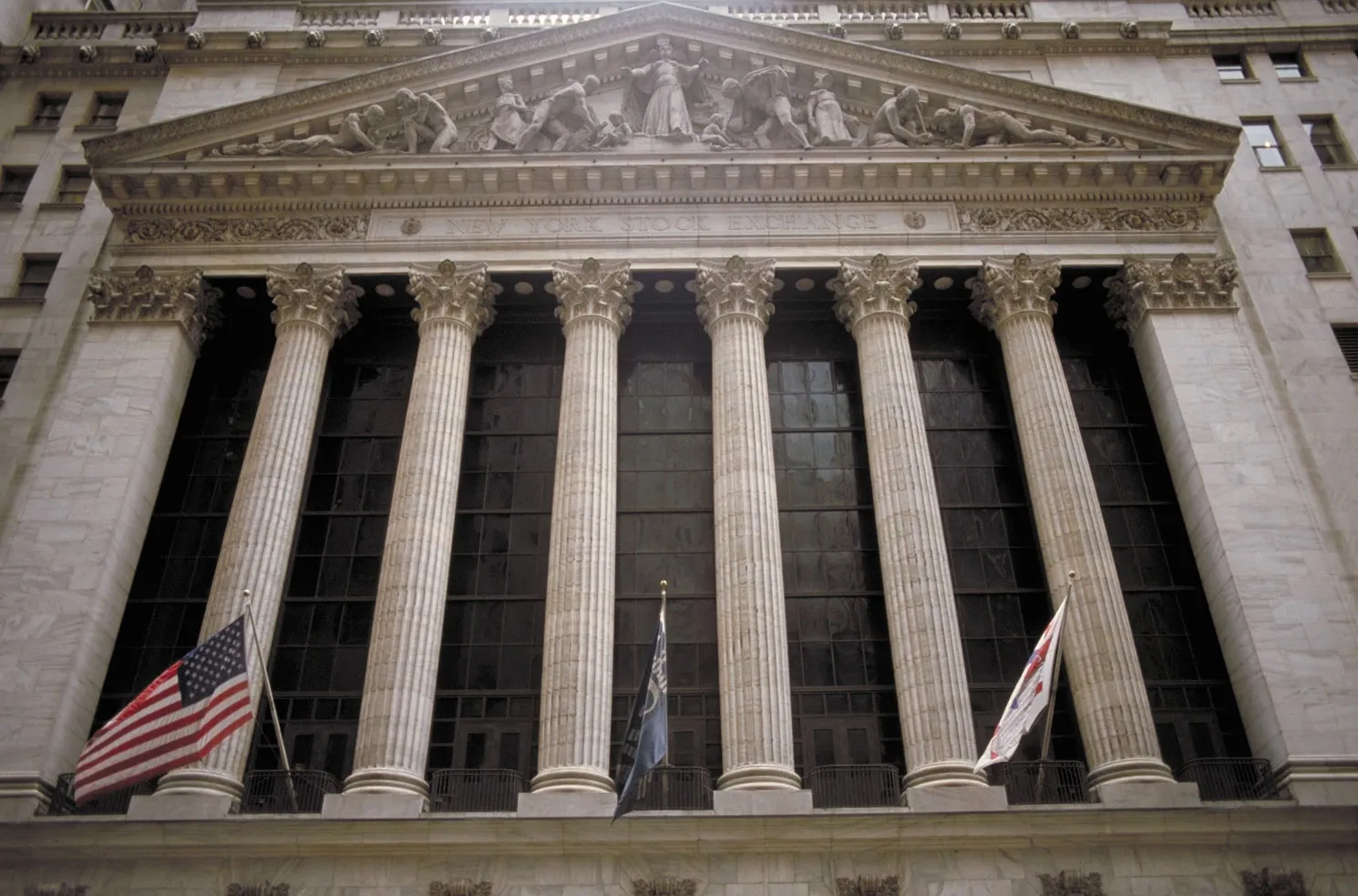
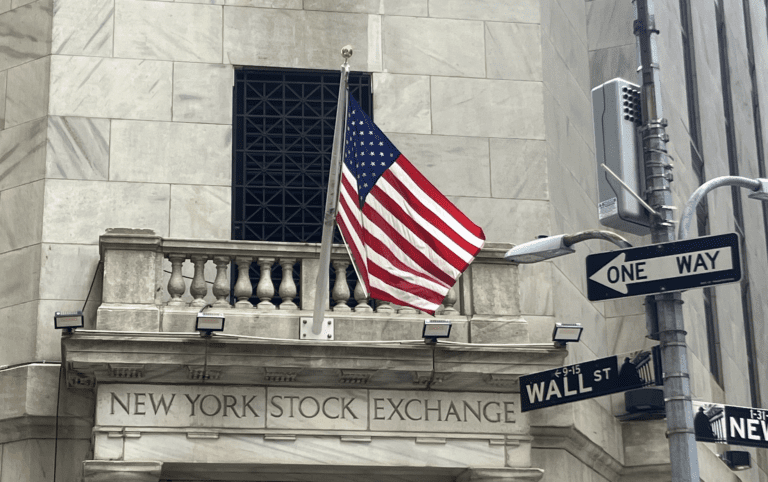

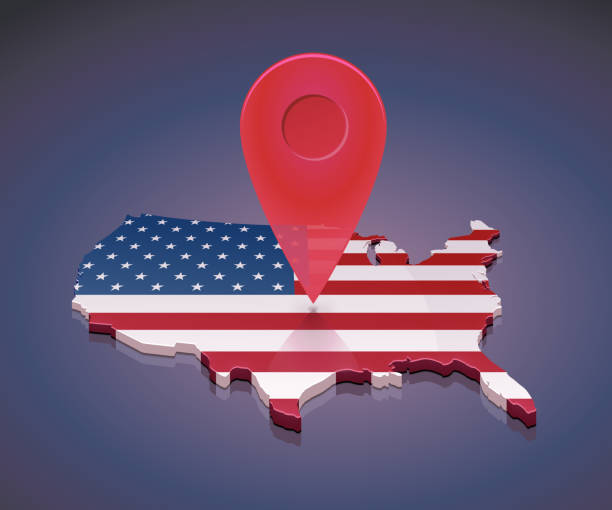
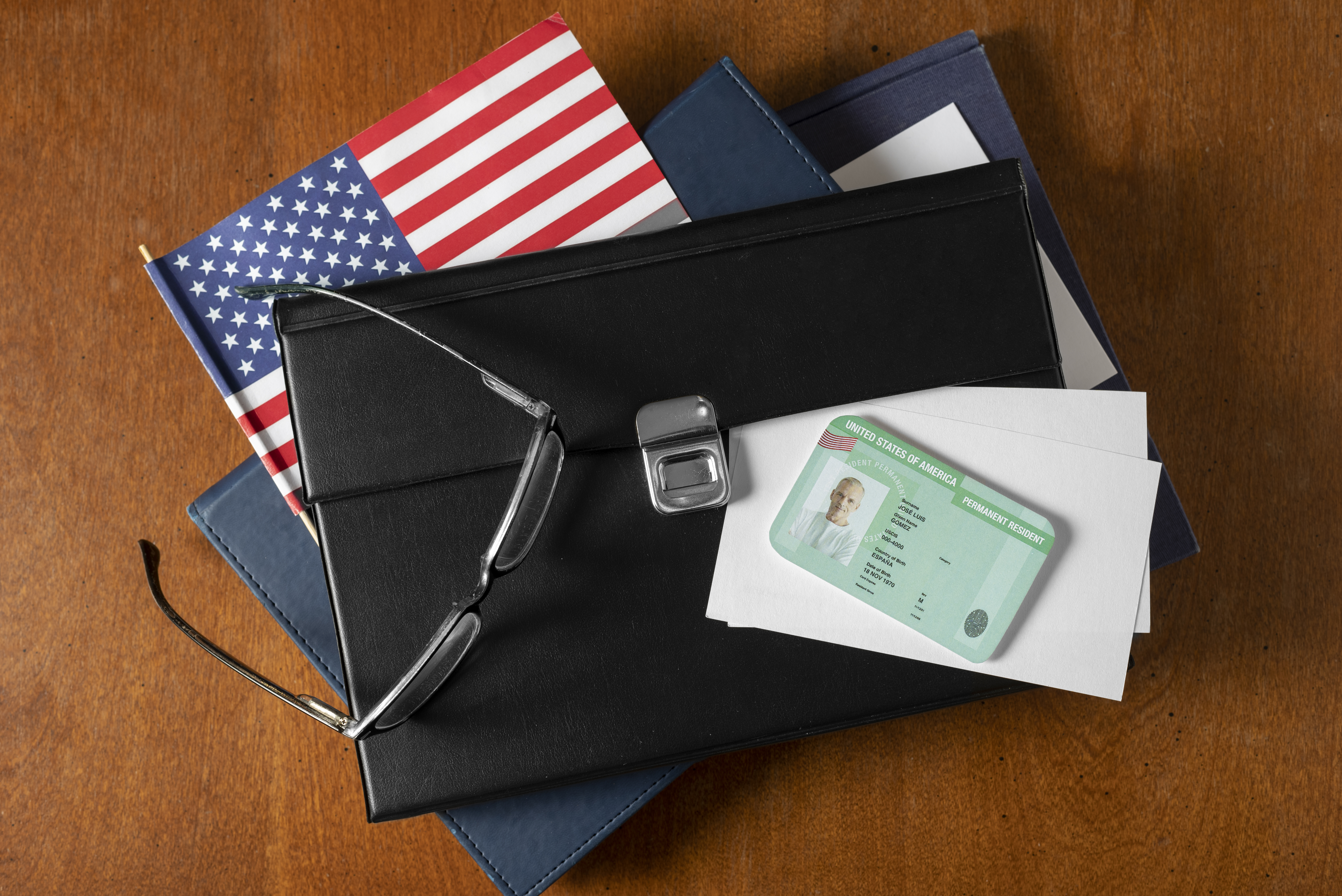
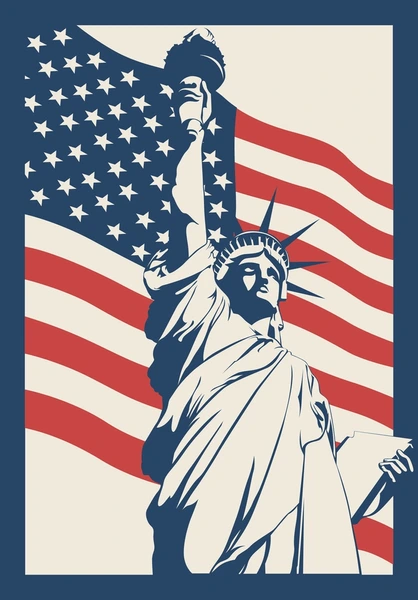


.jpg)
